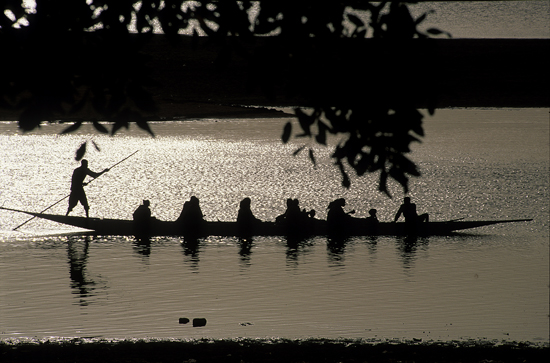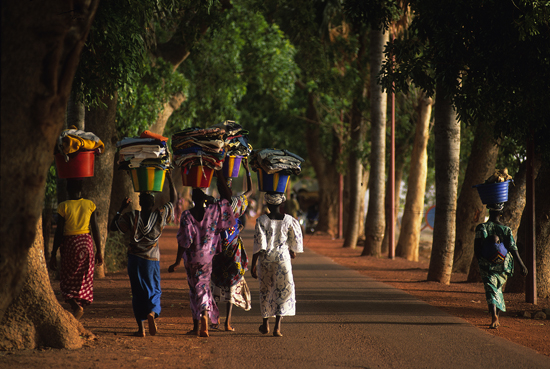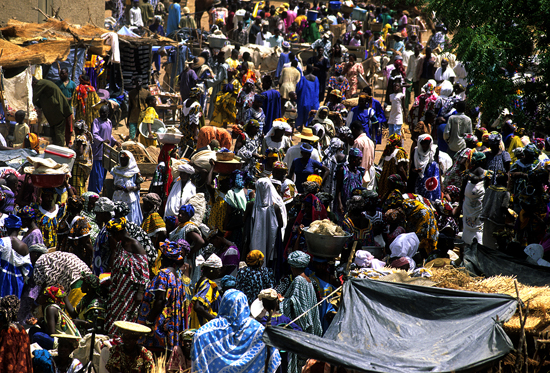
This article was written in collaboration with Eduardo Rubio

Not too long ago, traveling on a pinasse up the Niger River from Mopti to Timbuktu often rewarded visitors with an idyllic glimpse of the flow of life in Mali.
On the shores, colorful groups of women could be seen going about their daily routines, washing their clothes, feeding the cattle and collecting water for cooking and cleaning. After walking many kilometers with babies on their backs and small children, the river offered time to socialize in a cheerful and animated manner, before heading back home. Life wasn't easy, in particular, for them, but the country was largely perceived as a stable West African democracy, known for the coexistence of its multiple ethnic groups and famed around the world for its magical music.
Cutting an arc through the southern part of the country, the Niger River is the third longest in Africa and a valuable route of goods transport and communication through the skirts of the Sahara. The emblematic pinasse boats are the only crafts able to travel year round, even during the dry season, between the capital of Bamako and the northern city of Gao. Eighty percent of Mali's population depends on the river and its flow.

But everything changed in January, when the northern part of Mali was destabilized as a result of the Arab Spring. Historically, the Tuareg nationalist movement has tried to establish its own country beyond the current national borders in the Sahel region. They are Muslims, but their political identity is based on a broader cultural independence vision. However, it is a newer Tuareg rebel movement, with radicalized views on religion, that is named as responsible for precipitating the present situation.
According to a recent report by U.S. Ambassador John Price for the International Policy Digest, "Tuareg tribesmen had gone to Libya looking for work. With few options they enlisted in the army. After the downfall of Muammar Gaddafi, these Tuareg fighters came back with large caches of arms, greater than were in the hands of the Malian military".
Tuareg rebels were able to control northern Mali in March in the chaotic aftermath of a coup in the Bamako, but were themselves quickly swept aside by Islamist extremists, and the area -- which is the same size as France -- is now occupied by militant groups including Al-Qaeda in the Islamic Maghreb (AQIM), Boko Haram from Nigeria and al-Shabaab from Somalia; there are reports of the presence of Pakistani and Afghan fighters, too. In the events that followed, Sharia law was instituted and thousands of Malians fled to the south and to neighboring countries.

For months the river has brought to the south unnerving accounts of rape, public punishment and amputations. There are reports of destruction of 13th century artifacts, libraries and mausoleums. The 15th Century Sidi Yahya mosque in Timbuktu was severely damaged. Islamic fundamentalists are gradually starting to talk of imposing hijabs and strict rules on the way that women dress. In numerous places, music -- the undeniable soul of Mali -- has been banned. Many famed musicians have fled the country.
The U.N. Human Rights Council harshly condemned on Friday the "violence against women and children, killings, hostage-taking, pillaging, theft, destruction of cultural and religious sites and recruitment of child soldiers." It is yet to be seen if and how the international community will help Mali to recover its innate rhythm and flow.

All pictures by Eduardo Rubio.
